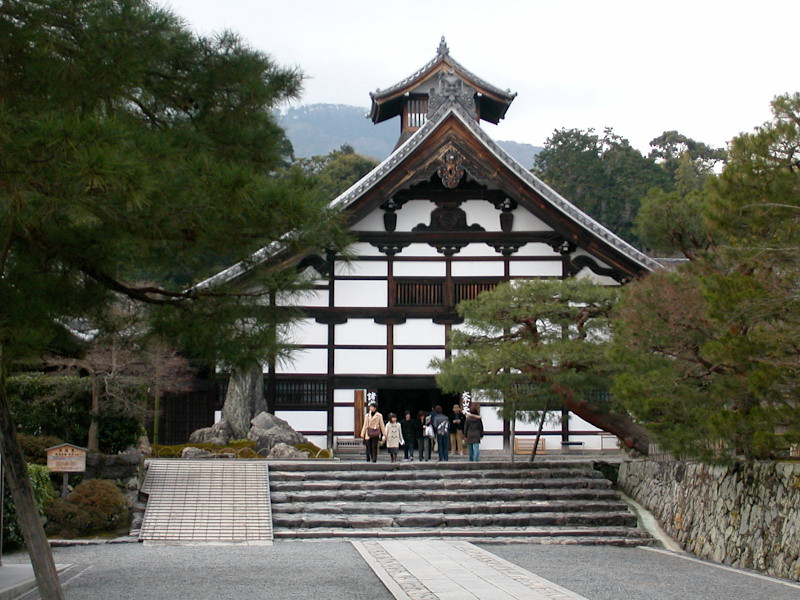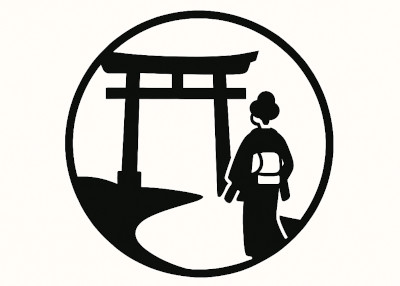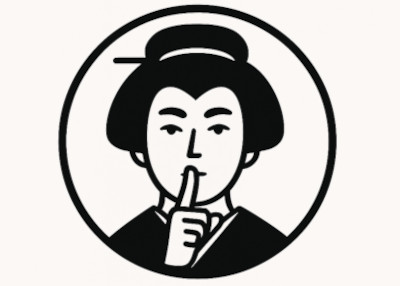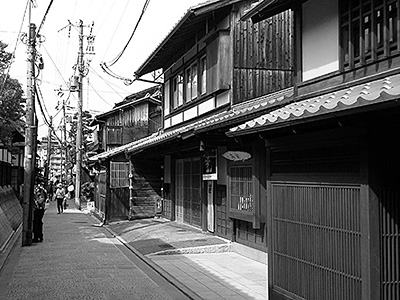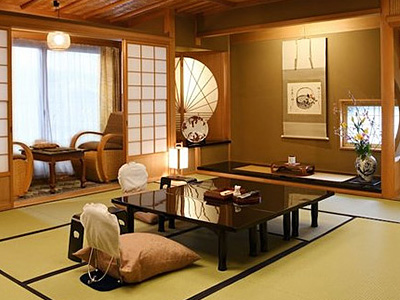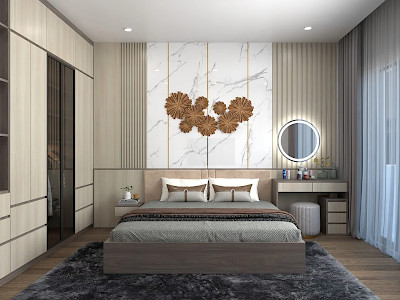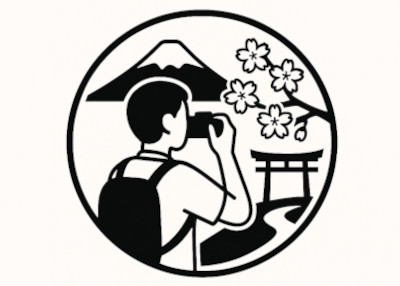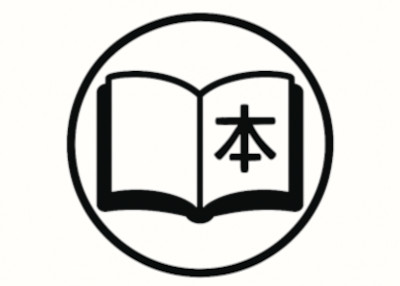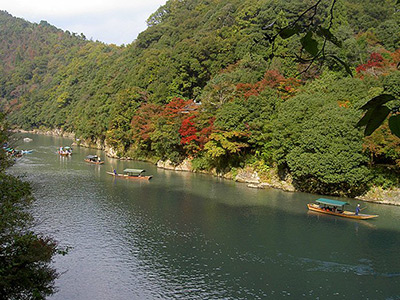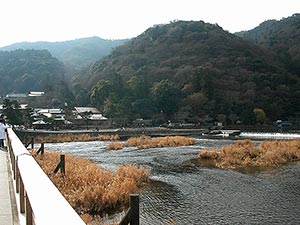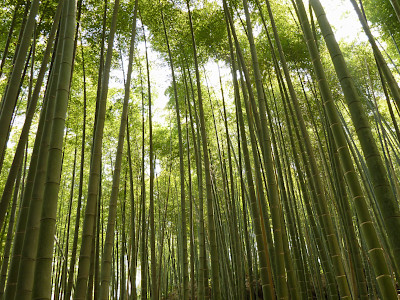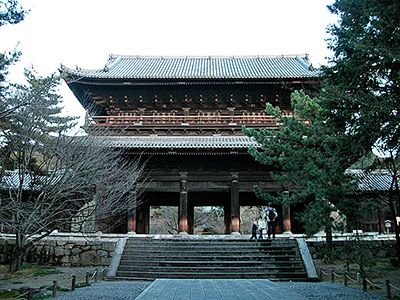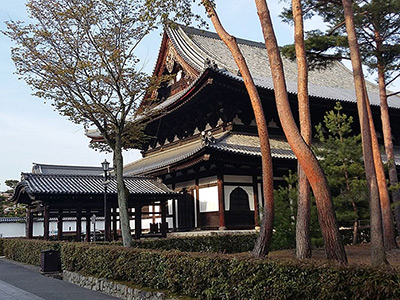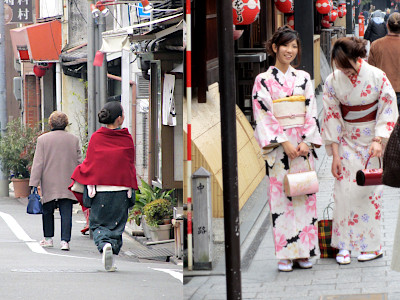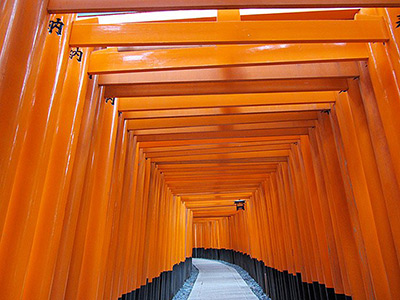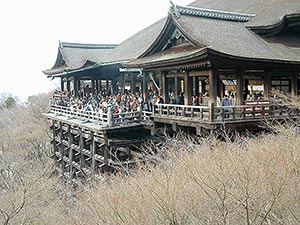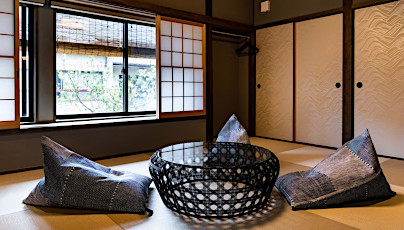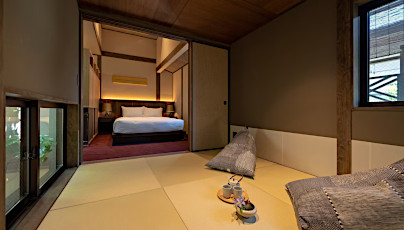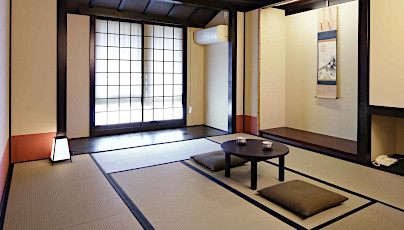Tenryu-ji Temple in Kyoto
This post can contain affiliate links, which means that we may receive a small commission if you make a purchase using these links.
Facts & Figures
Tenryu-ji Temple or "Heavenly Dragon Temple" is a UNESCO World Heritage Site and belongs to the Five Great Zen Temples of Kyoto (Kyoto Gozan), which are Nanzen-ji (Supervisor Role), Shokoku-ji, Kennin-ji, Tofuku-ji, and Manju-ji. Out of these five Tenryu-ji is ranked number one. This impressive head temple of the Rinzai Zen Buddhism School is truly a highlight within the Arashiyama district.
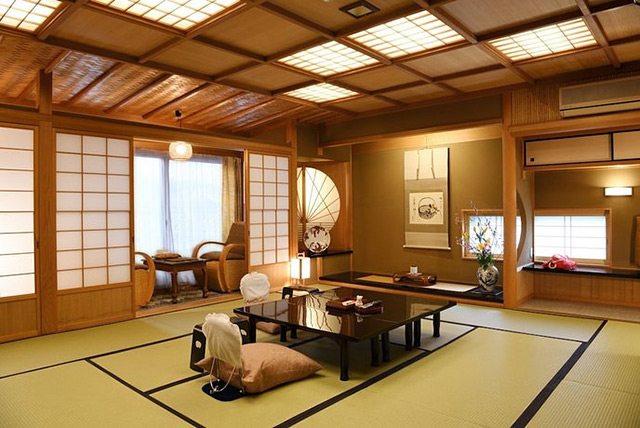 Experience the Ultimate Japanese Hospitality at a Kyoto Ryokan.
Experience the Ultimate Japanese Hospitality at a Kyoto Ryokan.
Find Your Perfect Ryokan Now >
The temple complex contains one of the best and most beautiful gardens in Kyoto. Tenryu-ji Garden (Sogenchi-teien), designated as a Special Place of Scenic Beauty by the Japanese government, incorporates perfectly the mountains of Arashiyama in the background. The 14th-century landscape garden is one of the oldest in Japan and an outstanding example of shakkei (borrowed scenery) garden design.
- Tenryu-ji Temple:
- Opening Hours: - 8:30 am to 5:30 pm (March 21st - October 20th)
- Opening Hours: - 8:30 am to 5:00 pm (rest of the year)
- Closed: - never, open whole year
- Admission fee Hojo garden - 500 yen (Adults), 300 yen (Students)
History
Originally the first Zen temple in Japan (Danrin-ji Temple) was located at the Tenryu-ji site. Later Emporer Go-Saga (1220 - 1272) and his 7th son Emperor Kameyama (1249 - 1305) built an imperial villa (Kameyama Detached Palace) at this location. In 1339 Tenryu-ji was built by Ashikaga Takauji (1305 - 1358). Takauji was the first shogun and founder of the Ashikaga shogunate and he wanted to honor Emperor Go-Daigo (1288 - 1339) with these buildings. The temple complex was completed in 1345 and covered an area of nearly four square kilometers. During the centuries the temple complex with its over one hundred sub-temples was destroyed 8 times (1358, 1367, 1373, 1380, 1447, 1468, 1815, 1864) by fire, and the latest reconstruction on a smaller scale dating back to the Meiji era (1868 - 1912). Finally, in 1994 Tenryu-ji received the status of a UNESCO World Heritage Site as part of the Historic Monuments of Ancient Kyoto.
Location

Tenryu-ji Temple is located within Arashiyama district in the western outskirts of Kyoto and near the famous Sagano Bamboo Grove.
Address: 68 Susukinobaba-cho, Saga Tenryu-ji, Ukyo-ku, Kyoto-shi, 616-8385 Japan
How to get to Tenryu-ji?
- 15min from Kyoto Station to Saga-Arashiyama Station by JR Sagano Line and
- 11min from Saga-Arashiyama Station to Tenryu-ji or
- 33min from Kyoto Station to Arashiyama-Tenryuji-mae Bus Stop by bus nr. 28
Sightseeing spots within Tenryu-ji Temple complex
Top:
Sogenchi Garden (Sogenchi Teien) - This outstanding strolling pond garden was created by the well-known garden designer Muso Soseki (1275 - 1351). It received the status of a Site of Special Historic and Scenic Importance by the Japanese government. The centerpiece of the garden is the Sogen Pond surrounded by pine trees, rocks, and the Arashiyama mountains in the background. The layout of the garden has never changed over the centuries. This place is my must-see recommendation for you.
Hatto (Dharma Hall) - The Lecture Hall was destroyed during a fire in 1864. The temple's huge Mediation Hall (Zendo) was then relocated and used as a replacement. On the ceiling of the Hatto hall, you will find a very famous painting with the name "The Cloud Dragon" by artist Kayama Matazo (1927 – 2004). He painted it in 1997. During the process, he replaced the old dragon painting (Unryu-zu) by Kyoto-based Nihonga artist Suzuki Shonen (1848 - 1918).
Kuri - This kitchen building was constructed in 1899 and renovated in 2013. With its distinct design, it became the symbol of Tenryu-ji. Do not miss the large painting of the Indian monk Bodhidharma inside Kuri by abbot Hirata Seiko (1924 - 2008).
O-hojo (Main Hall) - It is the largest structure of the temple complex and consists of two buildings - Kohojo (Small Hojo) and Daihojo (Large Hojo). Kohojo was built in 1924 and Daihojo in 1899. Both are connected with the Kuri. Inside Daihojo you will find the image of Shakyamuni Buddha. It is an Important Cultural Property. Another highlight is the dragon painting on the sliding doors (fusuma) by artist Chutaro known as Wakasa Butsugai (1888 - 1957).
Chokushi Gate - It is the oldest temple structure. The one-story gate represents the Yotsuashimon architecture style during the Momoyama Period (1573 - 1600).
Teahouses - These two teahouses (Kanu-tei and Shoun-kaku) were constructed in 1934 by abbot Seki Seisetsu (1877 - 1945).
Yu'un-an - This building complex is used as a facility for meetings, meditations, and workshops.
Tahoden - The Hall of many treasures was constructed in 1934 during the Showa period (1926 - 1989) by abbot Seki Seisetsu (1877 - 1945). Inside you will find a sacred statue of Emperor Go-Daigo (1288 - 1339). He studied here in his younger years.
Important Cultural Properties - Tenryu-ji owns famous writings by Kitabatake Chikafusa (1293 - 1354), illustrations and paintings of Seiryo Dogen Zenji (1200 - 1253), Yunmen Daishi (862 - 949), Avalokitesvara, a wooden carving of Gautama Buddha and 3 portraits of Muso Soseki (1275 - 1351).
Shigetsu - The Michelin-starred restaurant offers Zen vegetarian cuisine, known as "shojin ryori” and is located within the Ryumontei (Dragon Gate Pavillion). Ryumontei was built in 2000.
Festival & Events (dates can change without notice)
February
Setsubun (3rd)
One day before spring arrives (lunar calendar) the Setsubun is celebrated. Bean throwing (Mame maki) ceremonies are held at the shrine to get a good fortune for the year. Do not miss the bonfire on the evening.
April
Miyako Odori (1st - 31th)
The traditional annual spring dance of the Kyoto district Gion Kobu performed by Geiko and Maiko is a must-see on your Kyoto visit. Don't miss the most popular dances the Miyako Odori "Cherry Blossom Dances" or "Dances of the Old Capital" at the Gion Kobu Kaburenjo Theater (located close to Gion Corner).
May
Ochatsubo Dochu (1st)
The Ochatsubo Dochu or Traveling Tea Canisters festival dates back to the Edo Period. It represents the practice of showing the new tea harvest from Uji to the ruling shogun in the old days. Now during the parade large ceramic containers with tea are carried by people wearing traditional costumes from Kenninji Temple to Yasaka Shrine.
Aoi Matsuri (15th)
The highlight of this festival is a large parade from the Imperial Palace through the Shimogamo Shrine to the Kamigamo Shrine. More than 500 people wearing aristocratic costumes from the Heian Period (794 - 1185). The Aoi Matsuri belongs with the Gion Matsuri and Jidai Matsuri as the three most famous festivals in Kyoto.
July
Gion Matsuri (whole month)
The month of July is full of different events like the Yoiyama - Kyoto's Magical Night (locals in kimonos look at the giant Gion floats the day before the parade) or the famous Yamaboko Junko (float procession on the 17th of July).
October
Jidai Matsuri ("Festival of Ages") (22nd)
People celebrate with a large parade between Imperial Palace to Heian Shrine the anniversary of the foundation of Kyoto. App. 2000 participants wearing historical costumes from different time periods. Enjoy this great festival which lasts around 2 hours.
November
Shichi-Go-San (15th)
The well-being and growth of young children is celebrated at the shrine and in the rest of Japan.
Where to stay in Kyoto?
Book your Flight Tickets and Rental Car for your Japan trip
Day trips from Kyoto:
Travelers who viewed Tenryu-ji Temple viewed also:
Top rated - Best Machiya Houses in Kyoto
THE MACHIYA Ebisuya, 192 Ebisuya-cho Shimogyo-ku, Kyoto 600-8062
This 3-star guesthouse got an excellent rating. All 30 individually furnished rooms offer free WiFi, air conditioning, bathrooms incl. toilets, fridges, 40-inch flat-screen TVs, and more. THE MACHIYA Ebisuya is located in central Kyoto.
View on Expedia.com
This 3-star guesthouse got an excellent rating. All 30 individually furnished rooms offer free WiFi, air conditioning, bathrooms incl. toilets, fridges, 40-inch flat-screen TVs, and more. THE MACHIYA Ebisuya is located in central Kyoto.
View on Expedia.com
The Machiya Kazahaya, 570-6 Kazahayacho, Shimogyo-ku, Kyoto, Kyoto, 600-8475
The Machiya Kazahaya offers for all guest rooms free WiFi, air conditioning, safes, bathrooms with toilets, refrigerators, and much more. Enjoy also the beautiful Japanese Garden. Guests gave this property the rating - Exceptional.
View on Expedia.com
The Machiya Kazahaya offers for all guest rooms free WiFi, air conditioning, safes, bathrooms with toilets, refrigerators, and much more. Enjoy also the beautiful Japanese Garden. Guests gave this property the rating - Exceptional.
View on Expedia.com
Kyomachiya Ryokan Sakura Urushitei, 425 Kichimonjicho, Shimogyo-ku, Kyoto, 600-8069
This beautiful 3-star guesthouse offers 32 rooms with free WiFi, air conditioning, bathrooms incl. showers and toilets, refrigerators, and much more. Enjoy also the relaxing indoor public bath (no minerals). Guests gave this property the rating - Wonderful.
View on Expedia.com
This beautiful 3-star guesthouse offers 32 rooms with free WiFi, air conditioning, bathrooms incl. showers and toilets, refrigerators, and much more. Enjoy also the relaxing indoor public bath (no minerals). Guests gave this property the rating - Wonderful.
View on Expedia.com

